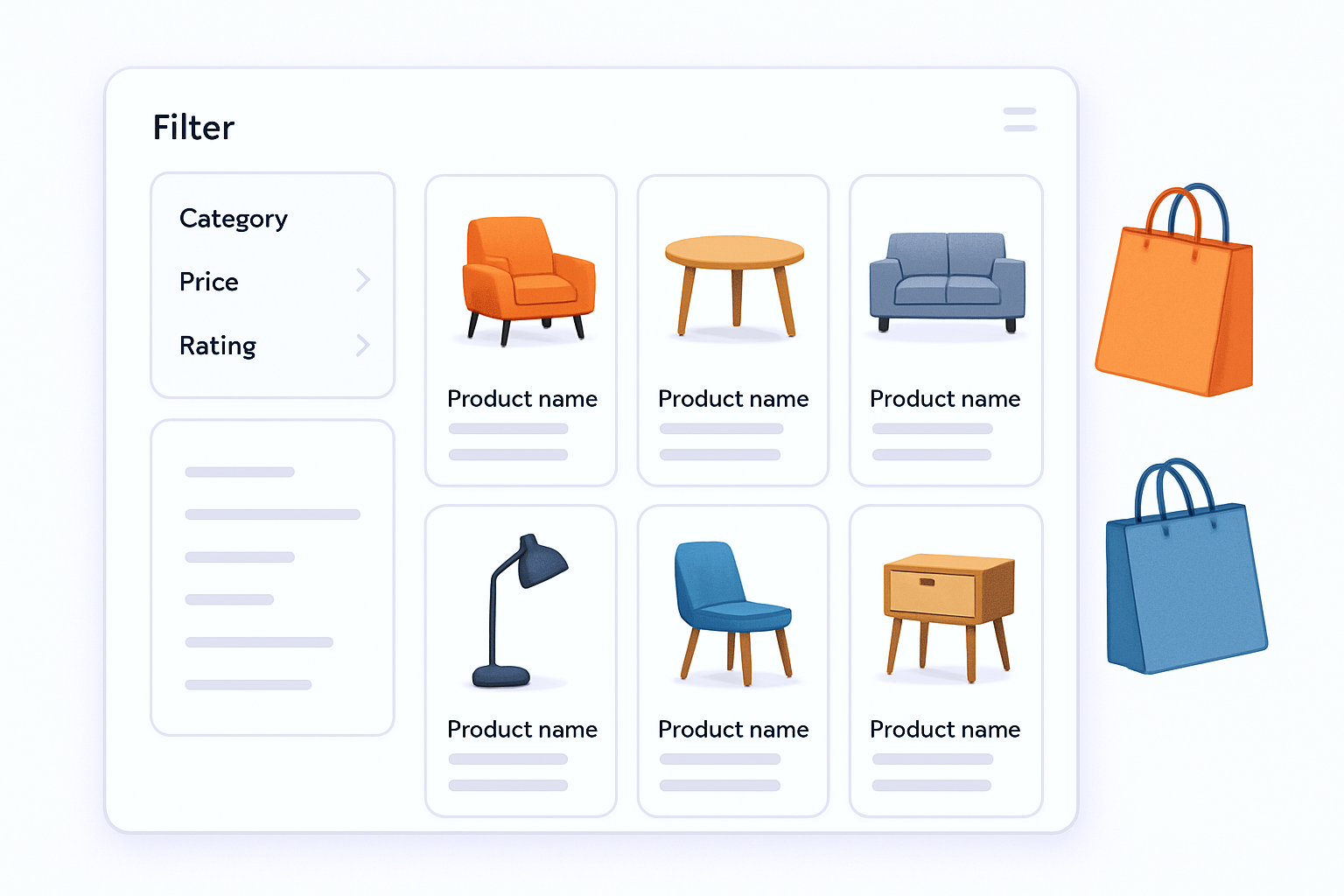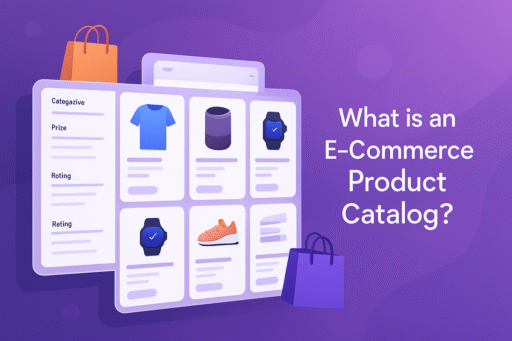Customers browsing ecommerce sites always want things fast, simple, and visually clear. That’s where digital catalogues come in.
If you run an e-commerce business a digital catalog could help you grow faster than you think.
Let’s break down what it is, how it helps, and what you can do to get the most out of it.
What is Digital Catalogs in E-commerce?
A digital catalog is just like a printed catalog but it’s online. It shows your products in an easy-to-browse format and can include links, videos, and 3D models.
Instead of mailing a bulky booklet or relying only on product pages, you offer one clickable, interactive file your customers can scroll through anytime, anywhere.
Digital catalogues are usually used by furniture, fashion, electronics, and even B2B companies. They can be shared through email, websites, and social media.
You don’t need printing costs, and your team can update them anytime no waiting or reprinting.

Benefits of Digital Catalogs for E-commerce Businesses
Digital catalogues offer a lot of benefits, especially for online stores:
More engagement:
Shoppers spend more time browsing digital catalogues than static pages.
Saves money:
You avoid printing and shipping costs.
Easy to update:
Found a pricing error? Want to add a new product? Update your catalog in minutes.
Better branding:
You can design your catalogue products with your texture, colours, and 3d models.
Analytics: Many platforms let you track how long people read, where they clicked, and what they skipped.
One great example is how furniture companies use 3D visuals in their digital catalogues to give furniture buyers a better sense of the product. It helps customers make faster, more confident decisions.
Features of Effective Digital Catalogs
Interactive elements:
360 Models, product animation, or photorealistic renders make your catalogue fun to explore.
Mobile-friendly design:
Many shoppers browse on their phones. Your catalogue should adjust to any screen size.
Clear visuals:
High-quality images or 3D renders make a big difference in how your products are viewed.
Change colour:
Change product colour users find what they want quickly just like they do on an e-commerce site.
Call-to-action (CTA) buttons:
Add “Buy Now” or “Request Quote” buttons to turn interest into action.
How Digital Catalogs Drive Sales and Customer Engagement
People love smooth experiences. A digital catalogue allows customers to flip through your products without opening multiple tabs. It feels natural like browsing a magazine but with the ability to shop instantly.
Here’s how it helps:
- Customers get a complete overview of your product range.
- They can save time by skimming through categories.
- You can recommend products with smart layouts or carousels.
- Interactive features keep them hooked longer, which means more chances to convert.
Many e-commerce brands saw faster buying decisions once they added digital catalogues with 3D views or immersive content.

Integrating Digital Catalogs with Marketing Strategies
Your catalogue shouldn’t live in a corner. Use it as a central part of your marketing:
- Email it to customers during new launches or seasonal sales.
- Share it on social media, especially as an Instagram swipe post or Facebook post.
- Add a banner or pop-up on your homepage.
- Use paid ads to promote it during campaigns.
- Send to distributors or resellers as a product training tool.
Tip: if you work with multiple retailers, having a digital catalogue makes it easier to maintain consistent product data across channels.
Future Trends in Digital Catalogs for E-commerce
Here’s what’s next for digital catalogues:
AR and 3D views: Customers will soon expect to see your product in their room before they buy.
AI personalization: Tailor your catalogue based on browsing history or region.
Voice search: As voice shopping grows, catalogues need to be optimized for voice assistants.
Integration with CRMs: Sync catalogue interactions with tools like HubSpot or Salesforce for better follow-up.
Brands that act early on these trends will have an edge over slower competitors.
9. Conclusion
Digital catalogues are not fancy PDFs. They’re strong selling tools that can improve how customers see, understand, and buy your products. If you’re a startup or a growing brand, investing time in a good digital catalogue can help you to better engagement, higher sales, and a more professional image.
And the best part? They’re easy to start.
If you’re still sending emails with long product lists or depending on plain category pages this is your sign to change that.
Would you like a sample or help to build your first digital catalogue?





